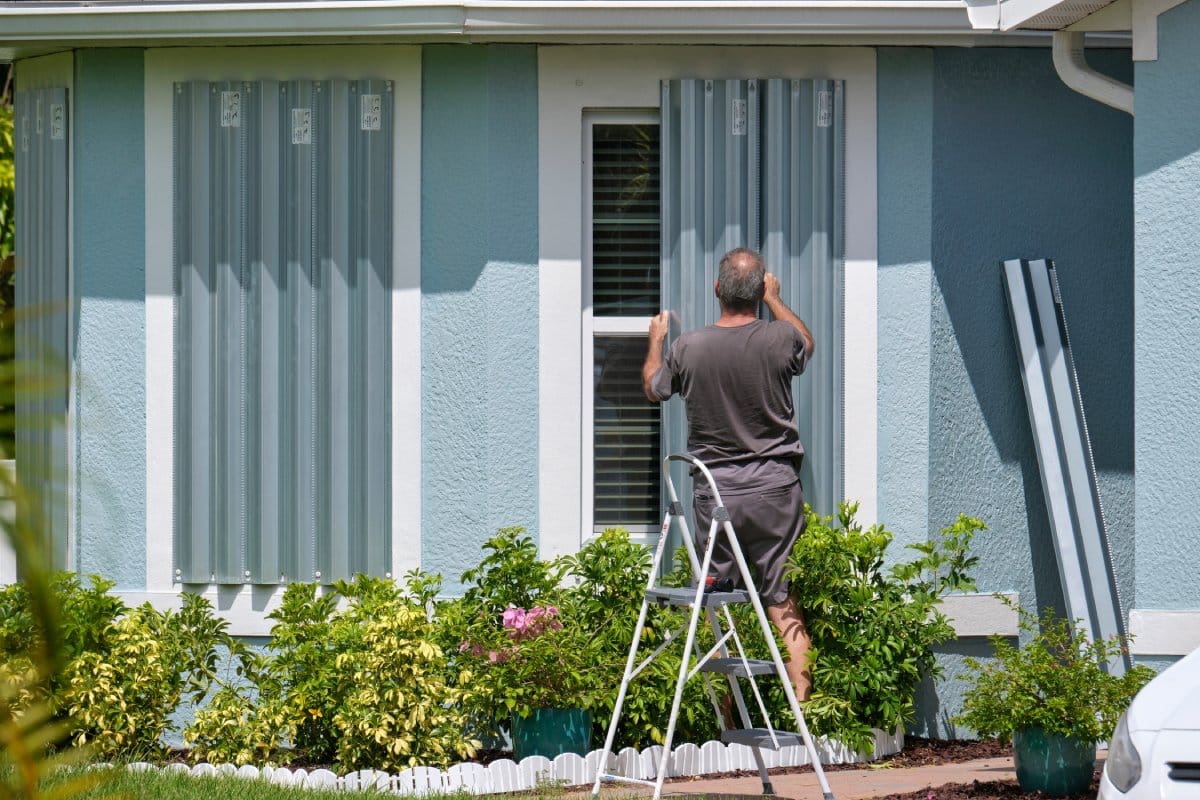As climate change continues to heat our oceans, hurricanes are becoming stronger and more frequent. Florida, often in the path of these powerful storms, is ramping up its preparedness strategies to mitigate damage and ensure safety.
Enhanced Building Codes

Florida has some of the strictest building codes in the nation. Post-Hurricane Andrew in 1992, the state revamped its regulations to ensure structures can withstand high winds and flying debris.
The Florida Building Code now mandates impact-resistant windows and reinforced roofing systems, which have been proven to significantly reduce storm damage.
Infrastructure Upgrades

Florida is investing heavily in infrastructure to better cope with hurricanes. The Florida Department of Transportation is reinforcing bridges, highways, and critical infrastructure to withstand extreme weather events.
For example, the Miami-Dade County stormwater management system has been upgraded to handle increased rainfall and reduce flooding.
Community Education Programs

Educating the public is crucial for hurricane preparedness. Programs like Hurricane Preparedness Week, run by the National Weather Service, provide valuable information on creating emergency plans, assembling disaster kits, and understanding evacuation routes.
Local governments also conduct regular drills and community workshops to ensure residents are prepared.
Improved Evacuation Plans

Efficient evacuation is vital during a hurricane. Florida has developed comprehensive evacuation plans that include real-time traffic management systems and designated evacuation zones.
The Florida Division of Emergency Management has launched apps to provide residents with up-to-date information on evacuation routes and shelter locations.
Technological Advancements

Advances in technology are playing a significant role in hurricane preparedness. The National Hurricane Center uses sophisticated modeling systems to predict storm paths and intensity more accurately.
Drones and satellite imagery provide real-time data on storm development, allowing for quicker response times.
Emergency Response Enhancements

Florida’s emergency response capabilities have also been bolstered. The state has increased its stockpile of emergency supplies, including food, water, and medical supplies.
Partnerships with federal agencies, such as FEMA, ensure that resources are quickly mobilized and deployed in the aftermath of a storm.
Coastal Resilience Projects

To combat rising sea levels and storm surges, Florida is investing in coastal resilience projects.
The Resilient Florida Program funds projects aimed at protecting shorelines, restoring wetlands, and constructing seawalls.
These efforts are designed to buffer communities against the devastating effects of storm surges.
Public Awareness Campaigns

Raising public awareness about the importance of preparedness is ongoing. Campaigns like Ready Florida use social media, television, and radio to disseminate crucial information.
The goal is to ensure every Floridian knows how to prepare for a hurricane and what actions to take before, during, and after a storm.
Collaboration with Private Sector

Public-private partnerships are crucial in enhancing hurricane preparedness. Companies like Home Depot and Walmart collaborate with the state to ensure the availability of essential supplies before a storm.
Utility companies are also investing in grid hardening and rapid response strategies to restore power quickly after outages.
Future Outlook

With hurricanes expected to become even more intense, Florida continues to innovate and adapt. Ongoing research and investment in new technologies, infrastructure, and community education are key to ensuring the state can weather future storms with minimal impact.
Featured Image Credit: Shutterstock / Bilanol.
For transparency, this content was partly developed with AI assistance and carefully curated by an experienced editor to be informative and ensure accuracy.





